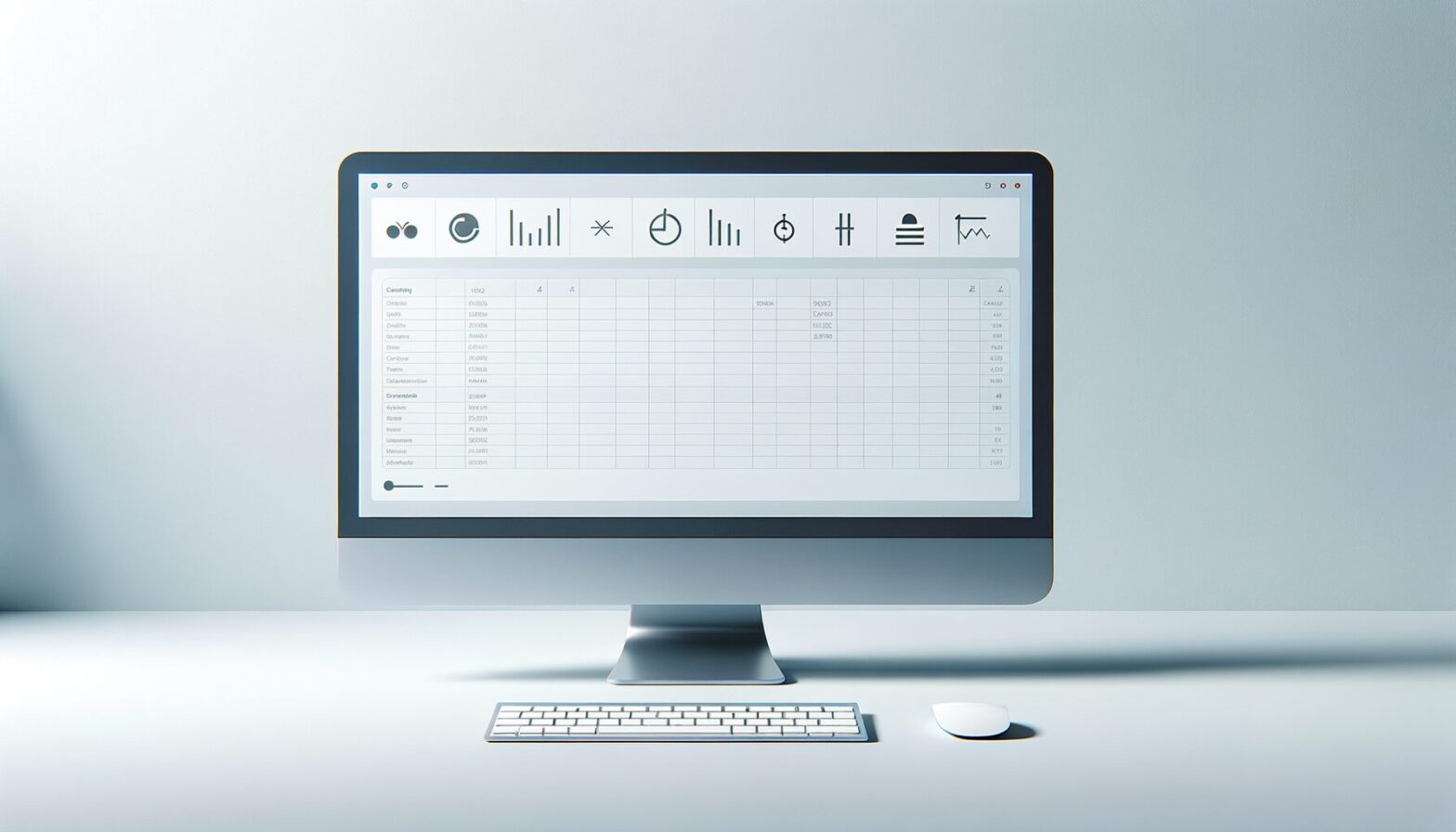The Timeless Power of Spreadsheets in Planning
Spreadsheets have long been the backbone of planning across industries, from finance and marketing to project management and personal budgeting. Their grid-based format, combined with the ability to perform calculations and organise data, makes them an indispensable tool for both novices and experts. The simplicity of entering data into rows and columns belies the complex analysis that can be performed behind the scenes.
Historically, spreadsheets like Lotus 1-2-3 and Microsoft Excel revolutionised the way organisations handled planning by introducing automation to calculations and data visualisation. They empowered users to create detailed plans, forecast scenarios, and monitor progress with relative ease. This foundational role has remained constant, even as technology has advanced.
What makes spreadsheets especially valuable is their flexibility. Unlike specialised software that targets specific planning tasks, spreadsheets can be adapted to countless scenarios. Whether it’s tracking sales pipelines or managing event logistics, spreadsheets offer a blank canvas with powerful computational tools.
How Planning With Spreadsheets Is Changing Over Time
Despite their longevity, spreadsheets are not immune to change. The rise of cloud computing has transformed traditional desktop-bound spreadsheets into collaborative, real-time platforms like Google Sheets and Microsoft Excel Online. This shift enables teams around the world to work simultaneously on planning documents, reducing bottlenecks and improving accuracy.
Automation through scripting languages such as VBA (Visual Basic for Applications) and newer integrations with Python and JavaScript have extended spreadsheet functionality far beyond manual data entry. Users can now automate repetitive tasks, pull data from external databases, or even connect spreadsheets to AI-driven analytics tools.
Moreover, the integration of spreadsheets with other digital tools—like project management software, CRM systems, and business intelligence dashboards—means that planning is no longer siloed. These interconnections enable dynamic updates and holistic views of organisational objectives. The humble spreadsheet is evolving into a central hub for strategic decision-making.
Innovations Driving Smarter Spreadsheet Planning
Recent innovations focus on making spreadsheet planning smarter and more intuitive. Artificial intelligence (AI) features embedded in spreadsheet applications are helping users identify trends, generate forecasts, and detect anomalies without needing advanced statistical knowledge.
For example, AI-powered functions can suggest optimal resource allocations based on historical data or highlight potential risks in project timelines. Natural language processing allows users to query their spreadsheets conversationally, making data interaction more accessible.
Additionally, template ecosystems and add-ons tailored for specific planning needs—such as financial modelling or event scheduling—are growing rapidly. These tools reduce setup time and help ensure best practices are followed, making spreadsheet planning more effective for both individuals and businesses.
The Future of Planning With Spreadsheets
Looking ahead, the future of planning with spreadsheets lies in deeper integration with emerging technologies and an enhanced user experience. Cloud platforms will continue to evolve with better security features and offline capabilities, addressing concerns that have traditionally made organisations hesitant to fully embrace cloud-based planning.
We can also expect more seamless interoperability between spreadsheets and advanced analytics platforms, enabling predictive modelling that is both powerful and user-friendly. As data volumes grow exponentially, spreadsheet tools will likely incorporate more robust data visualisation and summarisation features to prevent information overload.
Ultimately, the spreadsheet will remain a fundamental component of planning due to its unmatched versatility. However, it will increasingly serve as a dynamic interface powered by AI, automation, and real-time collaboration rather than a static grid of cells.
Conclusion: Embracing the Evolving Spreadsheet Landscape
Spreadsheets have come a long way from their early days as simple calculation grids. Their evolution into collaborative, automated, and AI-enhanced tools reflects broader technological trends reshaping how we plan and make decisions. The adaptability of spreadsheets ensures they will remain relevant even as new specialised software emerges.
Organisations and individuals who embrace these innovations can unlock greater efficiency, insight, and agility in their planning processes. By combining traditional spreadsheet strengths with modern capabilities like cloud collaboration and intelligent automation, planners can navigate complexity with confidence.
In summary, spreadsheets are no longer just about numbers—they are becoming dynamic platforms that empower better strategic thinking and smarter planning.
Notes
- Over 750 million people worldwide use Microsoft Excel for various planning tasks.
- Google Sheets supports real-time collaboration with up to 100 simultaneous editors.
- AI-powered features in spreadsheets can reduce manual forecasting errors by up to 30%.
- Integration of spreadsheets with business intelligence tools has increased organisational productivity by 25%.
- The average professional spends nearly 40% of their time managing spreadsheet data.
